In a world increasingly focused on sustainability, incorporating eco-friendly habits into our daily routines has never been more crucial. “Sustainable Living Hacks for Everyday Life” offers practical tips and easy-to-implement strategies to help you reduce your environmental impact. Whether you’re looking to conserve energy, minimize waste, or make more sustainable choices in your home, these hacks will guide you towards a greener, more eco-conscious lifestyle. Let’s explore simple yet effective ways to live sustainably every day.
Switch to LED Lighting

LED bulbs use up to 80% less energy than traditional incandescent bulbs and last significantly longer, reducing both your electricity bill and the frequency of bulb replacements. Their energy efficiency not only cuts down on greenhouse gas emissions but also lowers the demand for energy production, which often relies on fossil fuels. By making this simple switch, you’re contributing to a more sustainable planet.
Use Reusable Shopping Bags

Plastic bags are a major environmental hazard, often ending up in oceans and harming marine life. Reusable shopping bags, made from durable materials like cotton or recycled plastics, can be used hundreds of times, significantly cutting down on plastic waste. They are also sturdier, holding more items and reducing the risk of spills.
Install a Programmable Thermostat

A programmable thermostat allows you to set temperatures according to your schedule, ensuring your heating and cooling systems only run when needed. This can lead to significant energy savings, reducing both your utility bill and your carbon footprint. Modern thermostats can even be controlled via smartphone apps for added convenience.
Use Public Transport or Carpool

Reducing the number of cars on the road lowers greenhouse gas emissions and decreases traffic congestion. Public transport systems like buses and trains are more energy-efficient than individual cars, and carpooling with colleagues or friends can also significantly cut down on fuel consumption.
Practice Meatless Mondays

The meat industry is a major contributor to greenhouse gas emissions, deforestation, and water usage. By dedicating one day a week to plant-based meals, you can reduce your environmental impact. Plant-based diets require fewer resources to produce and can also benefit your health by lowering the risk of certain diseases.
Compost Organic Waste
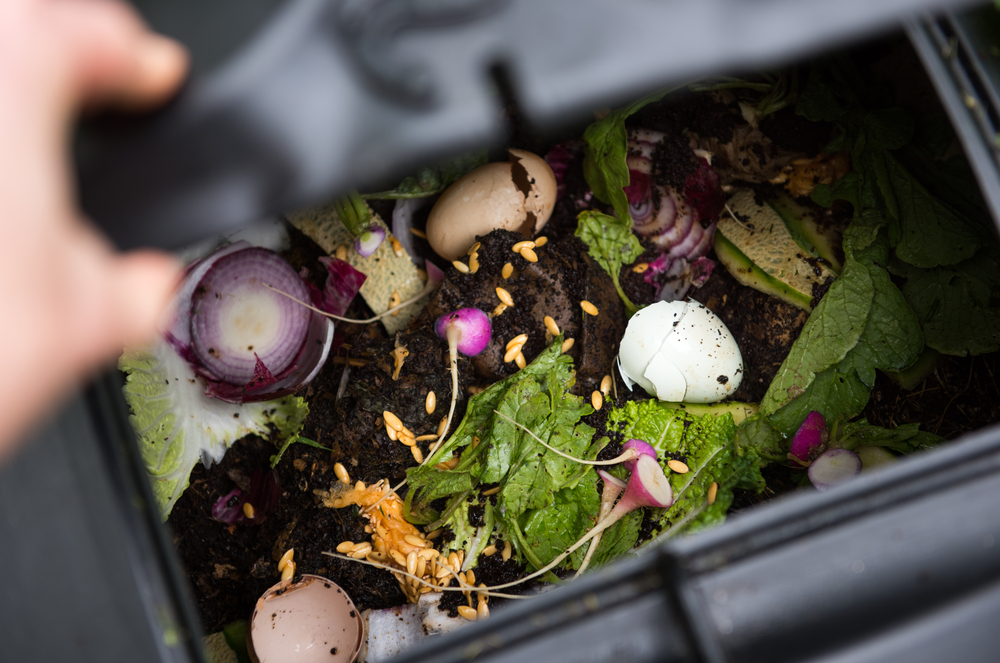
Composting turns kitchen scraps and yard waste into valuable organic fertilizer for your garden. This process not only reduces the amount of waste sent to landfills but also enriches the soil, promoting healthy plant growth without the need for chemical fertilizers. Composting can be done in various ways, including traditional bins or vermicomposting with worms.
Use Water-Saving Fixtures

Installing water-saving fixtures like low-flow showerheads, faucets, and dual-flush toilets can significantly reduce your water usage. These fixtures are designed to use less water without compromising on performance, helping to conserve this precious resource and lower your water bills.
Buy Second-Hand or Upcycled Items

Purchasing second-hand items or upcycled products helps reduce waste and the demand for new resources. Thrift stores, online marketplaces, and upcycling projects can provide unique and affordable options for clothing, furniture, and household items, extending the life cycle of products and reducing their environmental impact.
Grow Your Own Vegetables
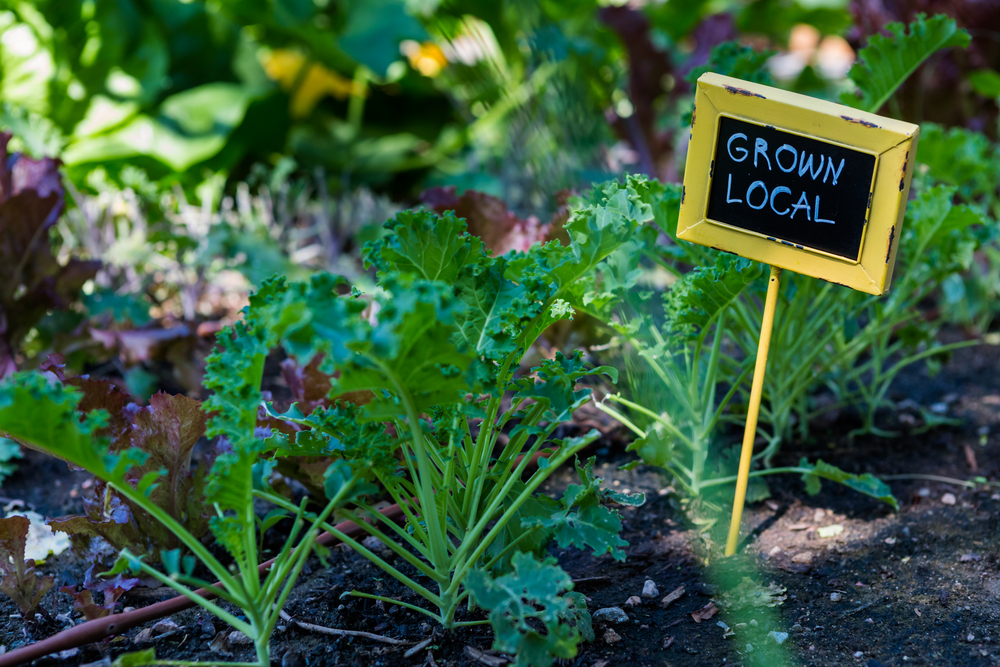
Growing your own vegetables can reduce your reliance on store-bought produce, which often involves significant transportation and packaging. Home gardens can be as small as a few pots on a balcony or as large as a backyard plot. This practice not only ensures fresh, organic produce but also promotes self-sufficiency and reduces your carbon footprint.
Use Energy-Efficient Appliances

Appliances with the Energy Star label are designed to consume less energy and water than standard models. Investing in these energy-efficient appliances, such as refrigerators, washing machines, and dishwashers, can lead to long-term savings on utility bills and a reduction in greenhouse gas emissions.
Implement a Home Recycling System
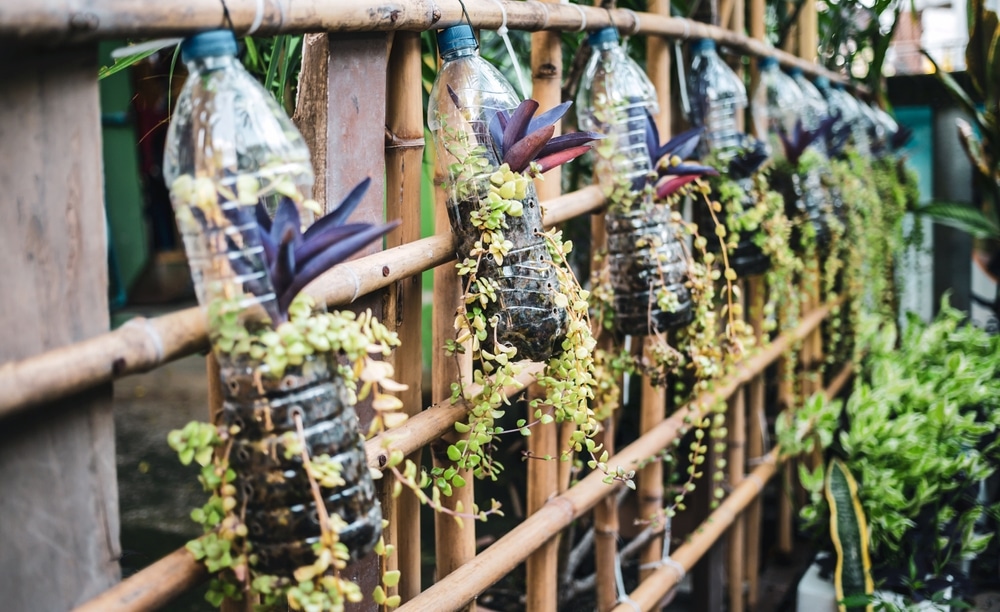
Setting up a home recycling system makes it easier to separate recyclables from general waste. Clearly labeled bins for paper, plastic, glass, and metal can help ensure that these materials are properly recycled. This reduces the amount of waste sent to landfills and conserves resources by allowing materials to be reused.
Choose Sustainable Clothing

Opt for clothing made from sustainable materials like organic cotton, bamboo, or recycled fabrics. These materials are produced with less environmental impact compared to conventional fabrics. Additionally, supporting brands that prioritize fair labor practices and eco-friendly production methods contributes to a more sustainable fashion industry.
Use Natural Cleaning Products

Many commercial cleaning products contain harsh chemicals that can be harmful to the environment and your health. Natural cleaning products, often made from ingredients like vinegar, baking soda, and essential oils, are effective alternatives that are biodegradable and non-toxic. Making your own cleaning solutions can also be cost-effective and reduce plastic waste from packaging.
Install Solar Panels

Solar panels harness renewable energy from the sun to generate electricity for your home. While the initial investment can be high, solar panels can significantly reduce or even eliminate your electricity bills over time. They also decrease your reliance on fossil fuels, contributing to a reduction in greenhouse gas emissions.
Reduce Single-Use Plastics

Single-use plastics, such as straws, cutlery, and bottles, are a major source of pollution. Opting for reusable alternatives like stainless steel straws, bamboo cutlery, and refillable water bottles can greatly reduce plastic waste. Many cafes and restaurants also offer discounts for bringing your own reusable cups.
Support Local Farmers
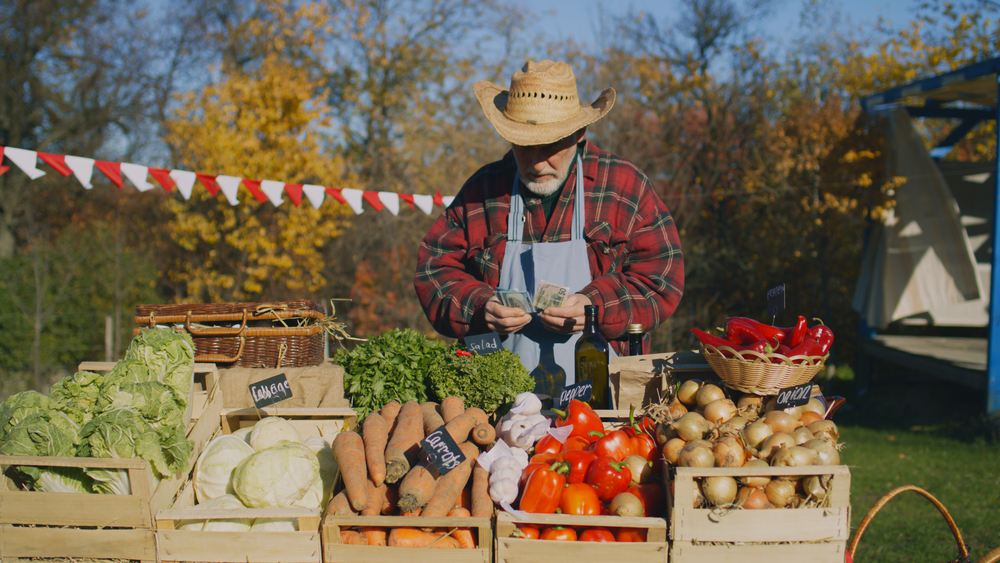
Buying produce from local farmers reduces the carbon footprint associated with transporting food over long distances. Local farms often use more sustainable farming practices and offer fresher, seasonal produce. Participating in farmers’ markets or community-supported agriculture (CSA) programs can also support your local economy.
Opt for Digital Documents

Reducing paper usage by opting for digital documents and communication can have a significant environmental impact. Switching to paperless billing, online statements, and digital note-taking reduces the demand for paper, saving trees and decreasing waste. Digital storage solutions are also more efficient and accessible.
Use a Clothesline or Drying Rack
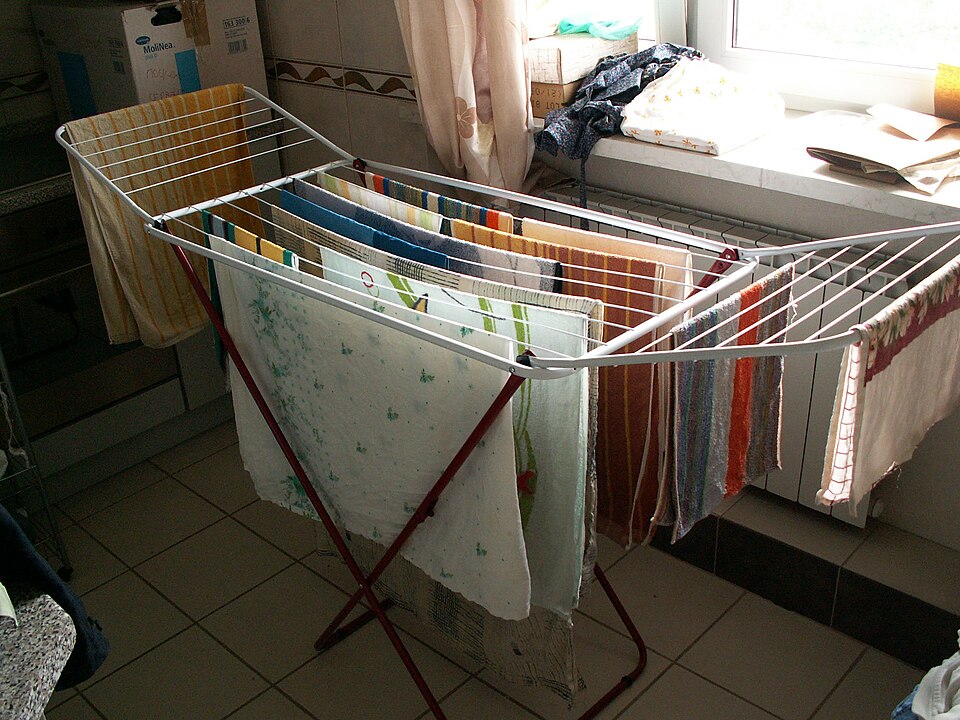
Air-drying your clothes instead of using a tumble dryer can save a considerable amount of energy. Clotheslines and drying racks are simple solutions that take advantage of natural airflow, reducing your electricity usage and extending the lifespan of your clothing by avoiding the wear and tear of machine drying.
Practice Minimalism

Embracing a minimalist lifestyle involves reducing the number of possessions you own and only keeping items that add value to your life. This mindset encourages thoughtful consumption and reduces waste. By focusing on quality over quantity, you can also save money and reduce the environmental impact of manufacturing and disposing of unnecessary goods.
Collect Rainwater
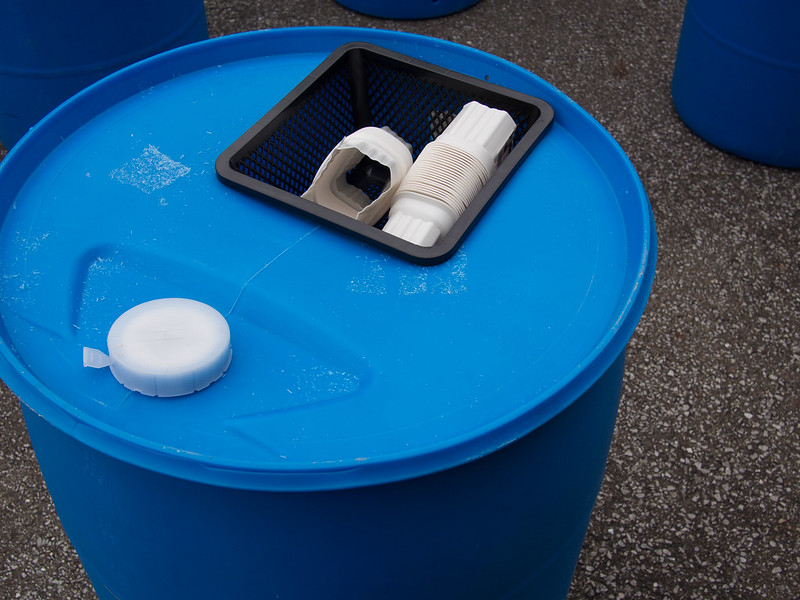
Installing a rainwater harvesting system allows you to collect and store rainwater for various uses, such as watering your garden, washing your car, or even flushing toilets. This reduces your reliance on municipal water supplies and helps conserve this vital resource. Rain barrels are a simple and effective way to capture and utilize rainwater in your home.
This article originally appeared on UnifyCosmos.
More from UnifyCosmos
20 Essential Tools Baristas Use for the Perfect Coffee Brew

Let’s delve into the world of coffee making tools that baristas rely on to achieve that rich, aromatic cup we all love. Read more!
25 Classic Bread Recipes from Various Cultures

Let’s explore some of the most beloved bread recipes from different cultures and learn what makes each one special. Read more!
21 Must-Try International Cheese Dishes

In this article, we’ll take you on a culinary journey to discover must-try international cheese dishes that are sure to tantalize your taste buds and expand your culinary horizons. Read more!
Leave a Reply